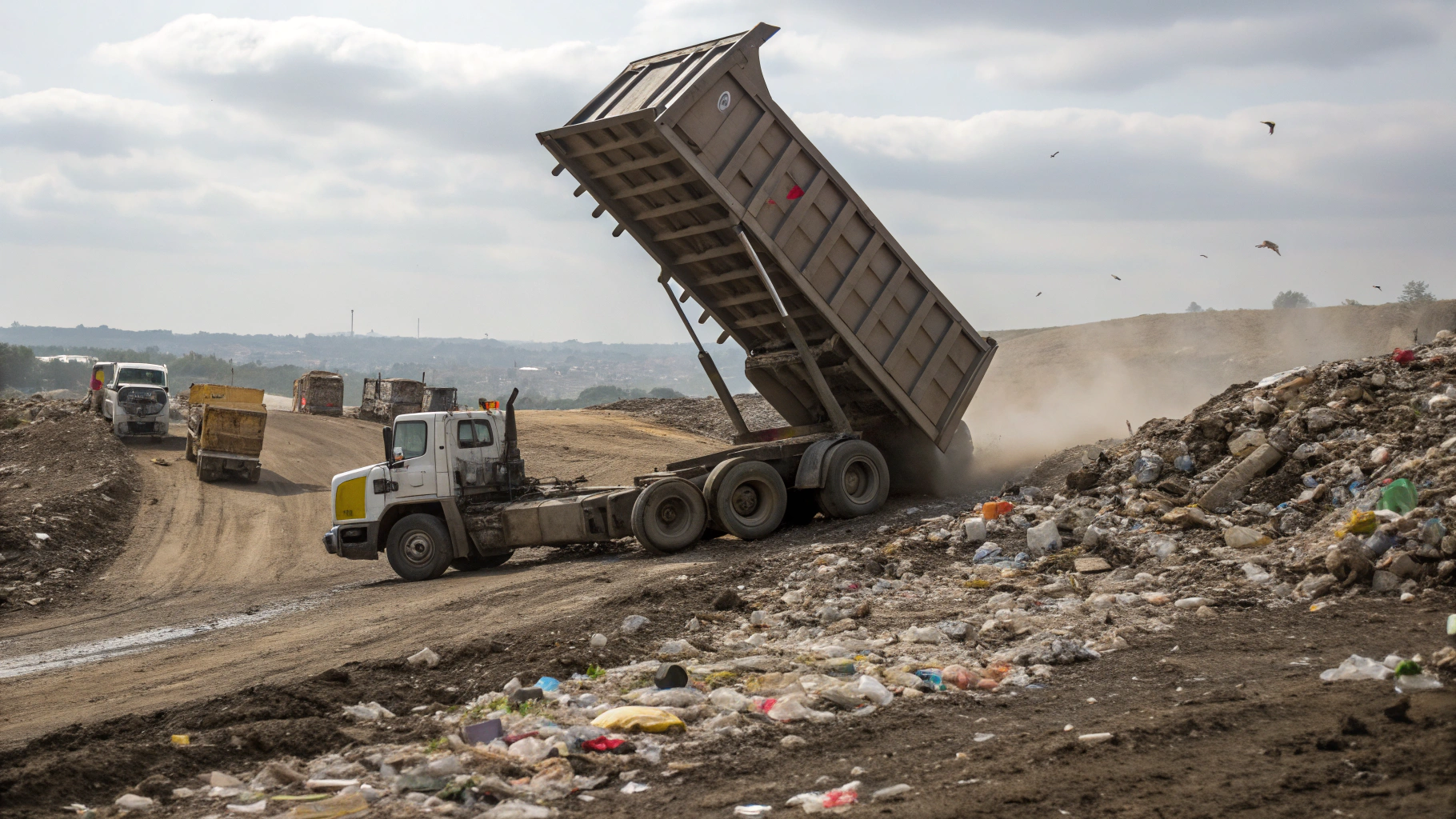The Zero-Waste Lifestyle
Ever looked at your overflowing trash can and thought, “There’s got to be a better way”? Welcome to the zero-waste lifestyle—a way of living that aims to send nothing to the landfill, reducing the environmental impact of our daily habits. It’s about more than just recycling—it's rethinking the way we consume, with an emphasis on sustainability and resource conservation. Household waste makes up a huge portion of global pollution, so why not be part of the change?

My Zero-Waste Awakening
For me, the wake-up call came when I noticed how often I was taking out the trash—bags full of single-use plastics, food scraps, and packaging that would sit in a landfill for centuries. That realization pushed me to take my first step toward reducing waste. Let me tell you, it wasn’t easy at first. I faced plenty of challenges, like figuring out where to start and setting small, achievable goals. Spoiler alert: It’s about progress, not perfection!
The Kitchen: Ground Zero for Waste Reduction
If you’re looking to reduce waste, the kitchen is a great place to start. It’s where single-use plastics love to hang out! I began by ditching plastic bags for reusable ones and shopping at bulk stores to avoid unnecessary packaging. Trust me, bringing home grains, spices, and snacks in glass jars is oddly satisfying.
Composting also became my new best friend—transforming food scraps into rich, garden-loving compost. It was like turning waste into gold! Now, instead of tossing carrot tops and coffee grounds, they help my plants thrive.
Bathroom Makeover: Saying Goodbye to Plastic
The bathroom is another sneaky source of waste, but I found easy swaps that made a big difference. Shampoo bars instead of bottled shampoo? Check! Refillable soap dispensers? Double-check! I even started making my own beauty and cleaning products—who knew coconut oil and baking soda could do so much?
One of the trickiest hurdles was saying goodbye to disposable razors. But switching to a metal safety razor was a game-changer—durable, effective, and way less wasteful.
Decluttering and Minimizing: Less is More
Minimalism plays a huge role in zero-waste living. Once I embraced mindful consumption, I stopped buying things I didn’t need and started valuing the things I already had. Donating, upcycling, and repurposing became my go-to strategies for dealing with clutter. The rule is simple: If it’s not adding value to your life, it’s time to let it go. Plus, choosing quality over quantity means less waste and longer-lasting products.
Zero-Waste on the Go
Living zero-waste isn’t just for the home—it’s a lifestyle you can take anywhere. I assembled a simple zero-waste kit with essentials like a reusable water bottle, cloth napkin, and metal cutlery for dining out. It made navigating restaurants and takeaways so much easier.
Traveling sustainably was another challenge I was determined to tackle. From packing reusable items to saying no to hotel toiletries, every small step made me feel like I was making a difference—even on the road.
The Social Aspect: Inspiring Others Without Preaching
One of the hardest parts of living zero-waste is the social aspect. You don’t want to come off as preachy when discussing your lifestyle with friends and family. I found that the best way to inspire others was through action. I started hosting zero-waste gatherings, like potlucks where everyone brought their own reusable containers and utensils. Soon, people were asking me for tips instead of questioning my choices.
Overcoming Challenges: Real Talk from Zero-Waste Veterans
No journey is without its challenges, and it helps to hear from others who have been there. I spoke with Sarah, a busy mom who balances a zero-waste lifestyle with family life. “It’s not about doing it perfectly,” she said, “but about teaching my kids to make better choices.”
John, who lives in a small apartment, shared his tips for space-saving zero-waste hacks. “Storage was a problem at first, but I started small and built up.”
And then there’s Lisa, who adapted zero-waste principles in her rural home. “Composting and reusing materials come naturally when you live in the country, but it took time to shift my mindset on things like plastic use.”
Measuring Success: Beyond the Mason Jar
We’ve all seen those aesthetic Mason jar photos—tiny amounts of trash for a whole year. But zero-waste success isn’t about fitting your waste into a jar. It’s about reducing what you can, tracking your progress, and celebrating every small victory along the way. Whether it’s using less plastic or composting more, each step counts.
The real magic happens when your efforts inspire others, creating a ripple effect that extends far beyond your home.
Your Zero-Waste Roadmap: Getting Started
Ready to start your own zero-waste journey? Here’s a simple roadmap to guide you:
- Conduct a waste audit—take note of what you throw away most often.
- Identify the low-hanging fruit—those easy swaps like reusable bags or composting.
- Gradually replace and upgrade your items to more sustainable alternatives.
- Expand your efforts and don’t forget to share your progress with others.
The Big Picture: Environmental Impact of Zero-Waste Living
Every piece of waste diverted from the landfill counts. Zero-waste living not only reduces landfill contributions but also lowers your carbon footprint and conserves natural resources. It’s a small effort with a big impact.
Your Zero-Waste Future
Embarking on a zero-waste journey isn’t about being perfect; it’s about evolving. As you learn more, you’ll find new ways to reduce waste and make more sustainable choices. So why wait? Take the first step today, and let’s shape a cleaner, greener future together.
ZeroWaste #SustainableLiving #EcoFriendly #ReduceReuseRecycle #GreenLiving #ZeroWasteJourney #CompostingIsCool #PlasticFreeLiving #EcoWarrior #WasteFree
Zero-Waste Lifestyle